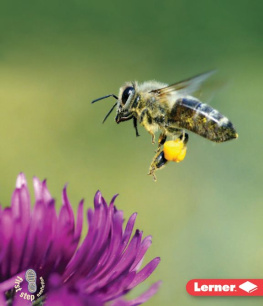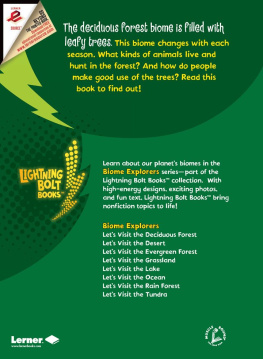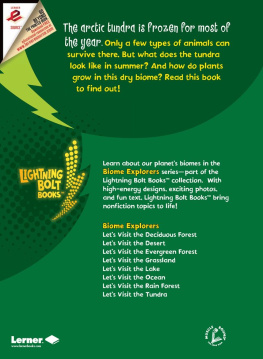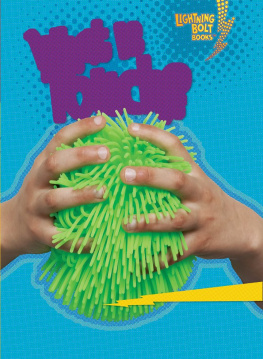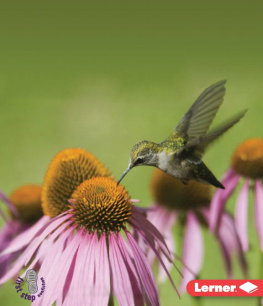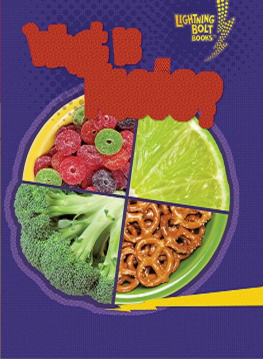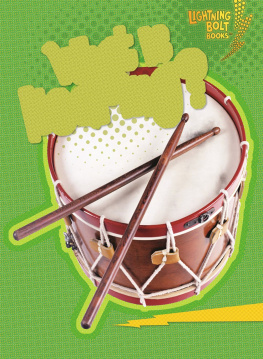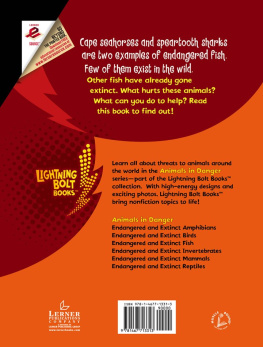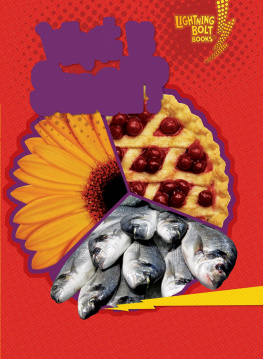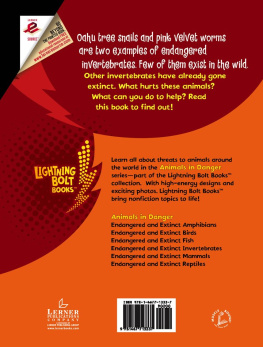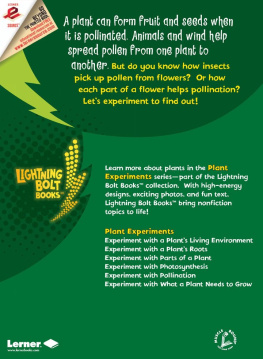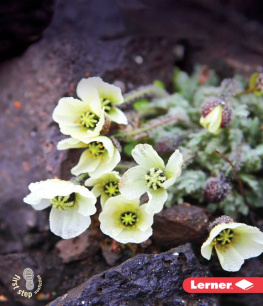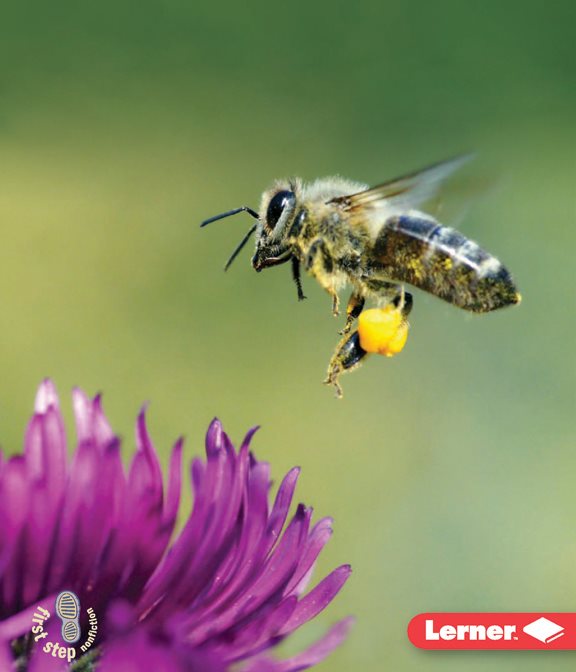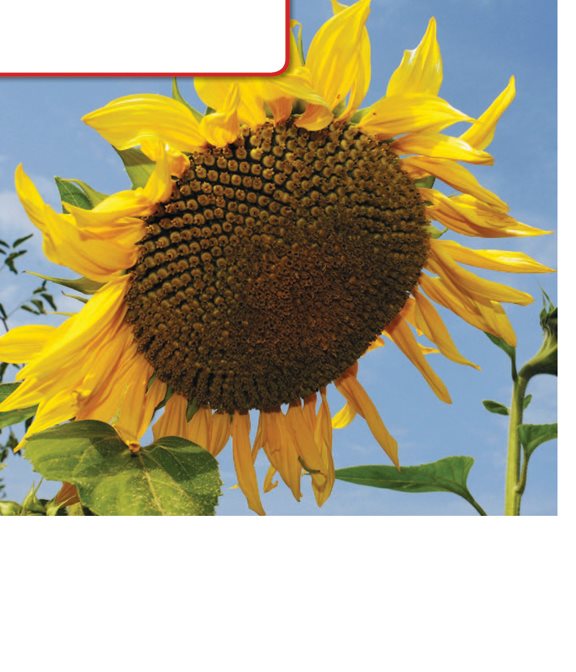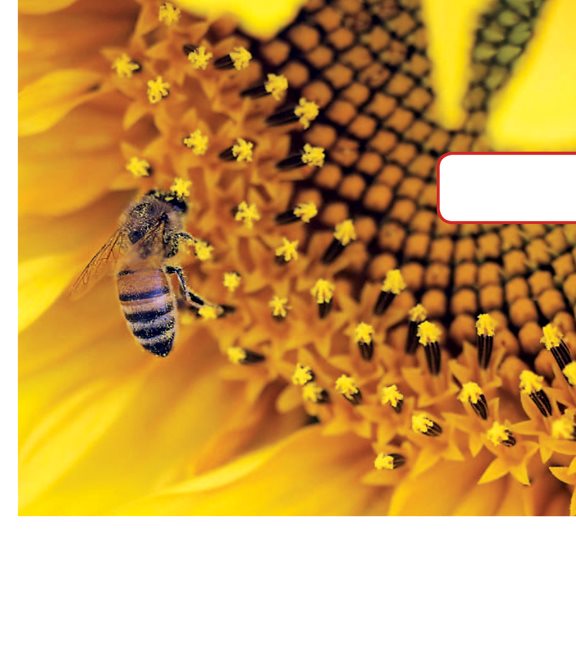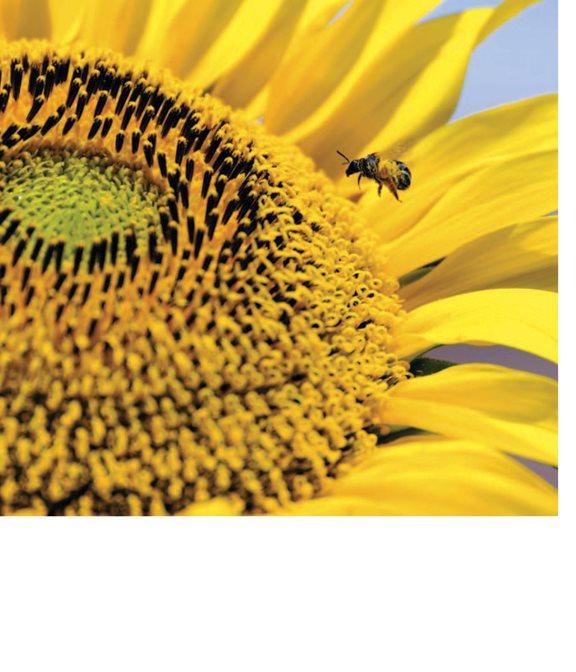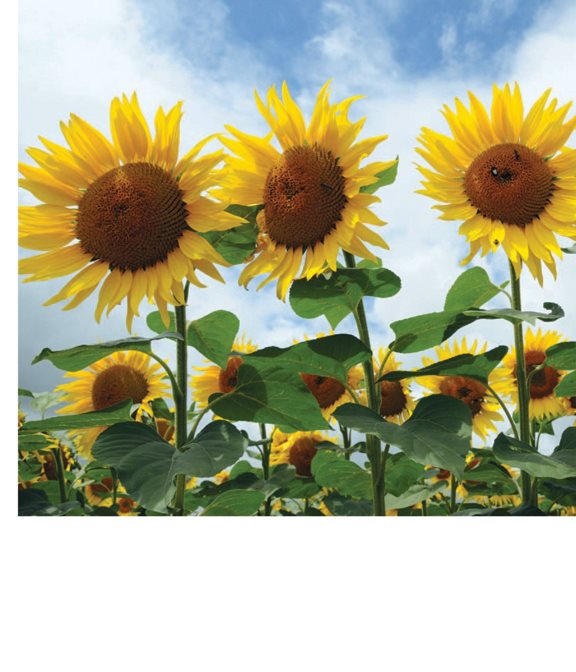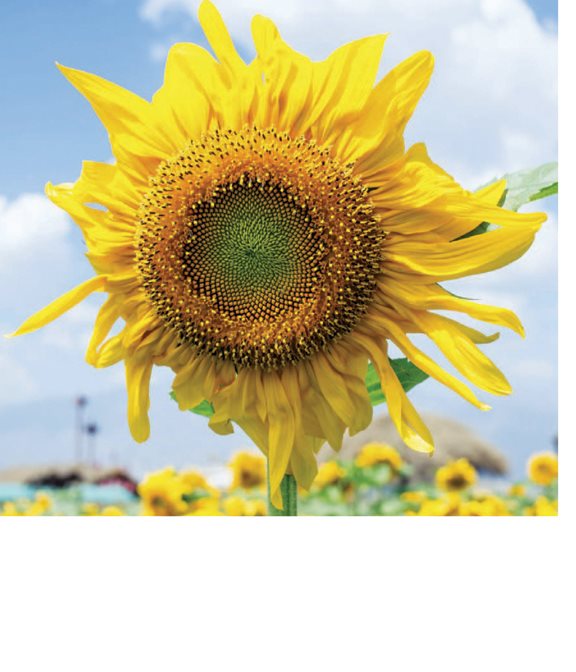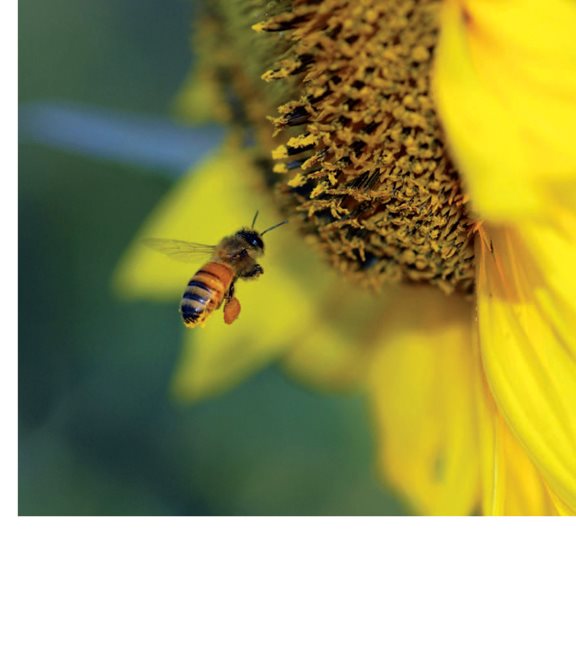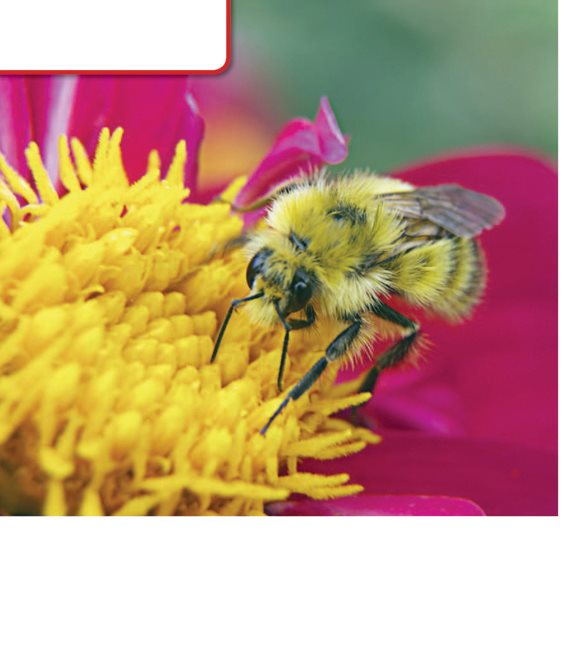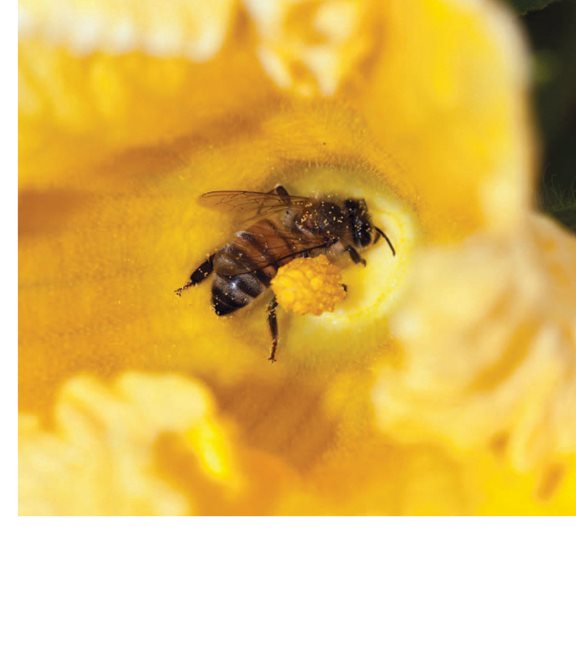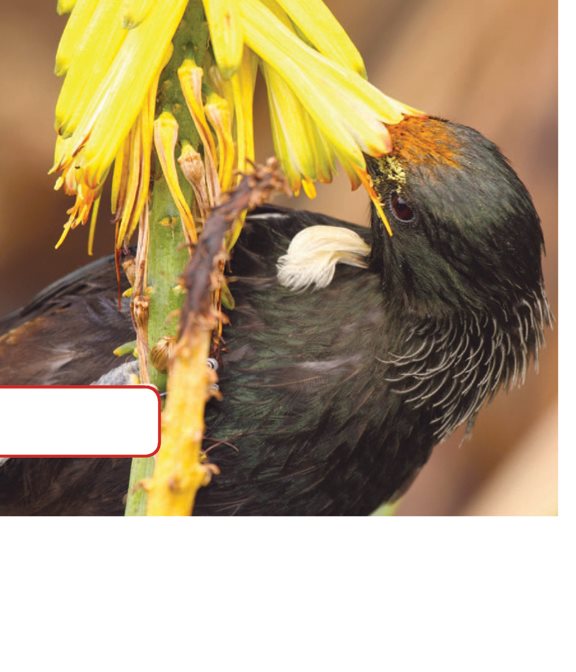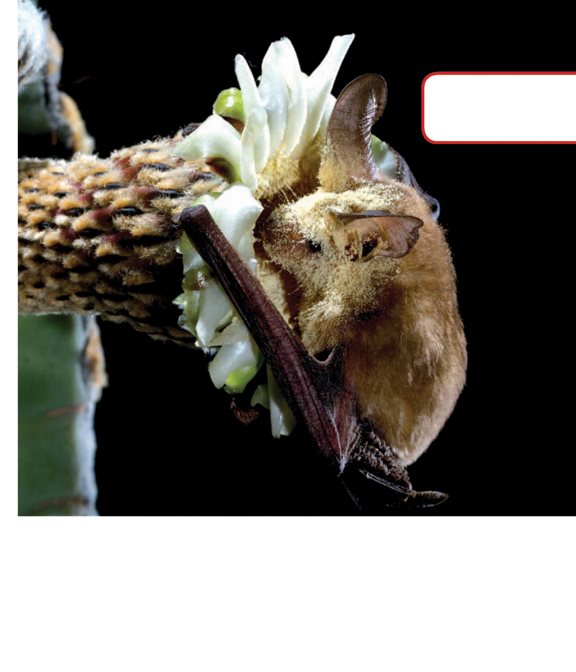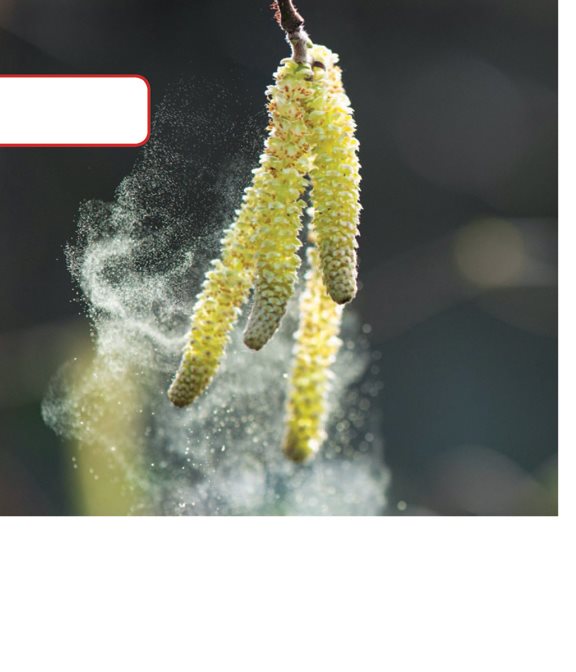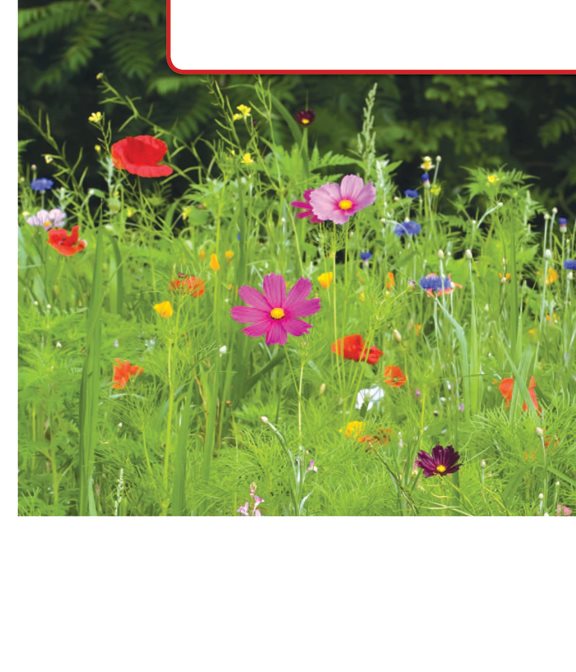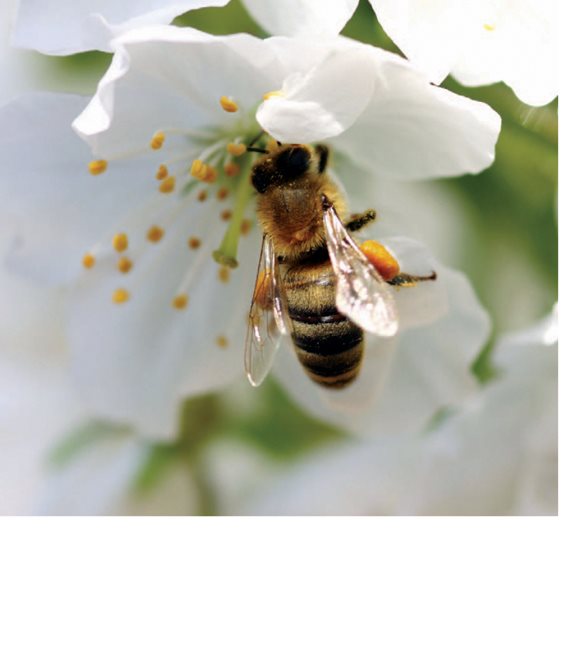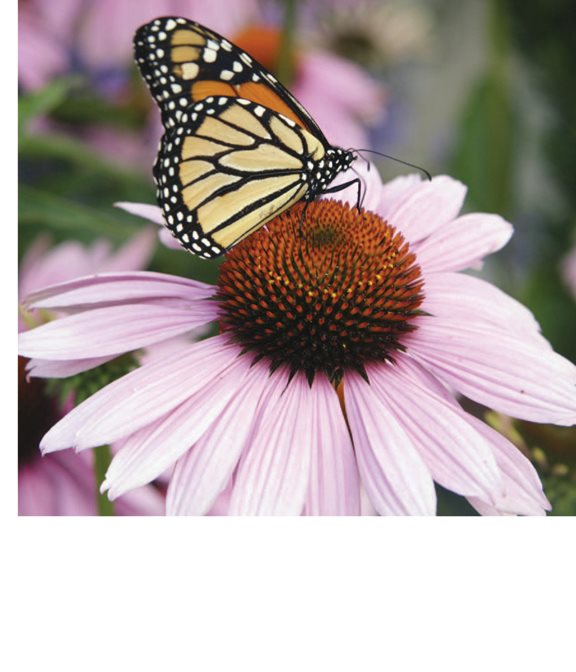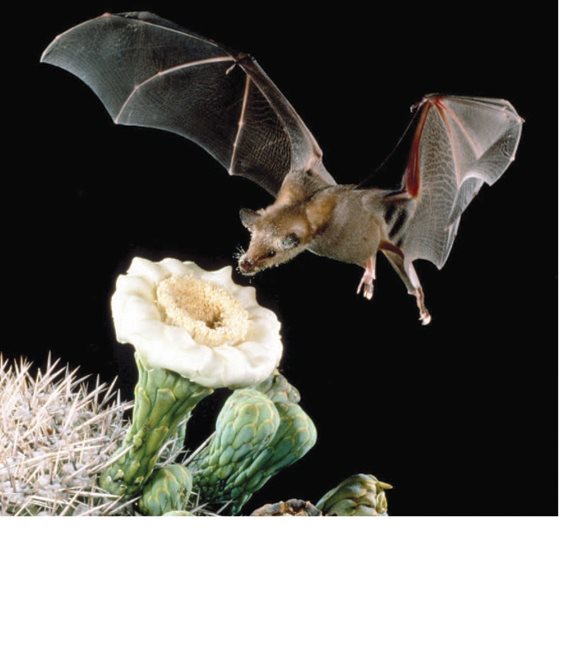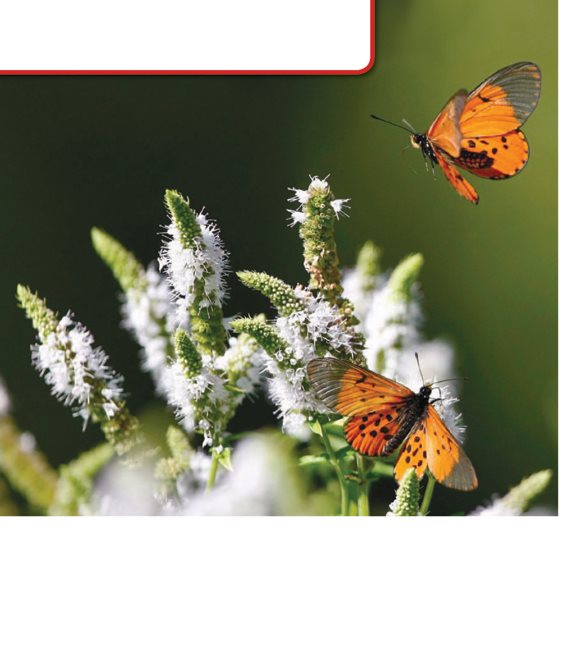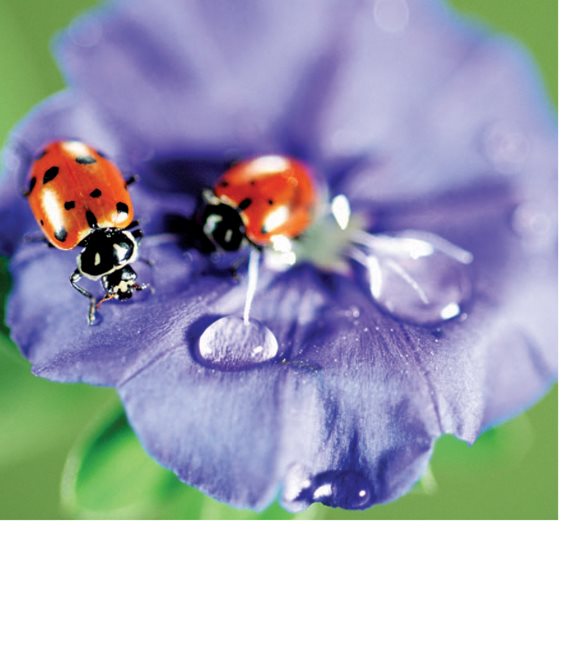Cross- Pollination
by Jennifer Boothroyd
Expand learning beyond the printed book. Download free, complementary
educational resources for this book from our website, www.lerneresource.com.
Copyright 2015 by Lerner Publishing Group, Inc.
All rights reserved. International copyright secured. No part of this book may be reproduced, stored in
a retrieval system, or transmitted in any form or by any meanselectronic, mechanical, photocopying,
recording, or otherwisewithout the prior written permission of Lerner Publishing Group, Inc., except
for the inclusion of brief quotations in an acknowledged review.
The images in this book are used with the permission of: BBBar/Alamy, p. 4; iStockphoto.
com/boryak, p. 5; iStockphoto.com/China500Culture, p. 6; Ingram Publishing/Thinkstock,
p.7; iStockphoto.com/yangchao, p. 8; iStockphoto.com/Shoemcfly, p. 9; klauspeters/iStock/
Thinkstock, p. 10; ImageBROKER/Alamy, p. 11; Max Allen/Alamy, p. 12; Merlin D. Tuttle/
Science Source, p. 13; Tim Gainey/Alamy, p. 14; iStockphoto.com/cglade, p. 15; iStockphoto.
com/aydinmutlu, p. 16; iStockphoto.com/PhotoRx, p. 17; Merlin Tuttle/Science Source/
Getty Images, p. 18; Tom Uhlman/Alamy, p. 19; Eurpoean Pressphoto Agency/Alamy, p. 20;
iStockphoto.com/jeridu, p. 21; Gail Shumway/The Image Bank/Getty Images, p. 22.
Front cover: iStockphoto.com/schnuddel.
Main body text set in ITC Avant Garde Gothic Std Medium 21/25.
Typeface provided by Adobe Systems.
Lerner Publications Company
A division of Lerner Publishing Group, Inc.
241 First Avenue North
Minneapolis, MN 55401 USA
For reading levels and more information, look up this title at www.lernerbooks.com.
Library of Congress Cataloging-in-Publication Data
Boothroyd, Jennifer, 1972
Cross-pollination / by Jennifer Boothroyd.
pages cm. (First step nonfiction. Pollination)
Includes index.
ISBN 978-1-4677-5737-9 (lib. bdg. : alk. paper) ISBN 978-1-4677-6067-6 (pbk.)
ISBN 978-1-4677-6224-3 (EB pdf)
1. PollinationJuvenile literature. I. Title. II. Series: First step nonfiction. Pollination.
QK926.R36 2015
576.875dc23 2014015879
Manufactured in the United States of America
1 CG 12/31/14
Table of Contents
Making Seeds
Look at this plant. This
flower will soon be pollinated.
Pollen is a
powder.
Pollen will be taken from a
flower.
The pollen will be dropped
into a different flower.
Plants need pollen from
plants like themselves.
The new pollen will help
the flower to make seeds.
This is called cross- pollination.
Pollinators
Plants need help to move
pollen. A pollinator carries
pollen between flowers.
Some insects are pollinators.
Pollen sticks
to feathers.
Some birds are pollinators.
Pollen
sticks to fur.
Other animals are
pollinators too.
Wind blows
pollen.
Wind is a pollinator.
Attracting Pollinators
Plants attract pollinators in
different ways.
The smell of tree blossoms
attracts bees.
The nectar of flowers
attracts butterflies.
Cactus flowers bloom at night.
The flowers attract bats.
The shape of trumpet flowers
attracts hummingbirds.
Helping Pollinators
Pollinators help plants. But
pollinators need help too.
Plants can help pollinators.
Plants make food for
pollinators to eat.
Plants hold water for
pollinators to drink.
Glossary
attract to make someone or
something interested
cross-pollination the
movement of pollen from
one flower to another flower
nectar a sweet liquid made
by flowers
pollen a yellowish powder
made inside flowers
pollinator something that
moves pollen from one

